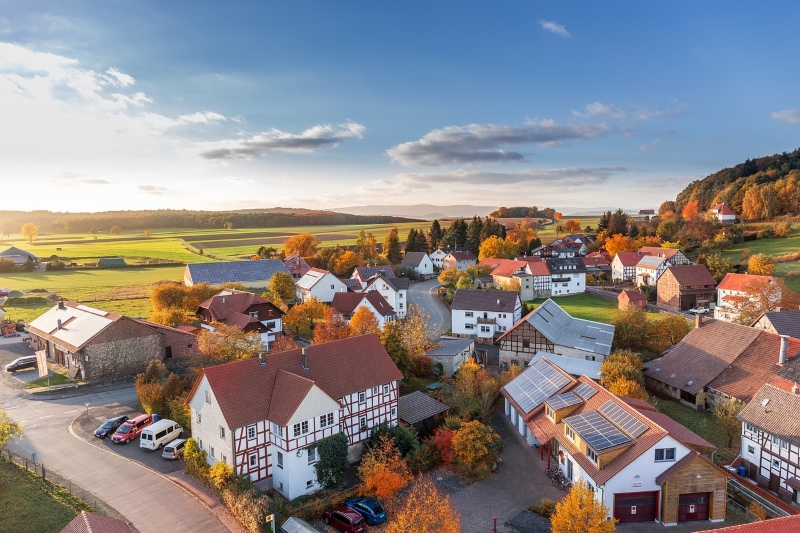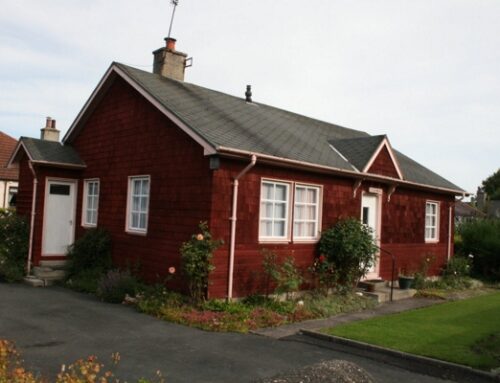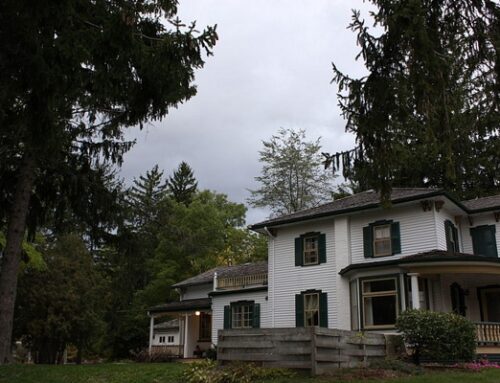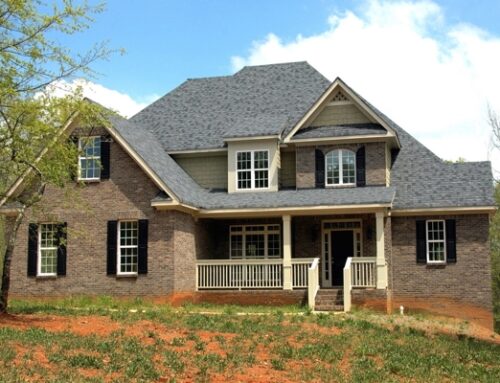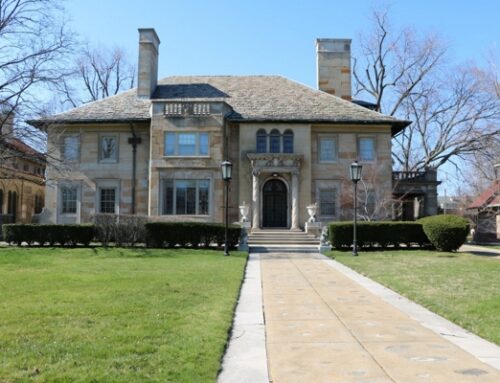When you’re starting a new home, there are a lot of things you need to consider. You think about interior and exterior colors, furniture, and how you will live in it. But what most people fail to think of is the roof. Because people don’t come in contact with their roofs on a daily basis, this aspect tends to be forgotten.
If you want a beautiful and safe home, you should be able to decide on the best roofing material. Different roofing systems have their own unique strengths and appearances. Your choice depends on the climate in your area, neighborhood, and of course – personal preference. In addition, you’ll want to work with the best Clinton Township MI roofers with in-depth experience in residential roofing too.
In this post, we’ll discuss 9 residential roof types (and their pros and cons). Let’s get started, shall we?
9 Residential Roof Types to Choose From
1. Asphalt Shingles
With asphalt shingles, you get a roof that combines beauty and affordability. This roofing material is the most commonly used in the US. Whether the architectural style of your home is contemporary or old-fashioned, asphalt shingles work for both.
Pros:
- Comes in 2 types: 3-tab shingles (basic) and architectural shingles (dimensional)
- Multiple colors and styles are available
- Easy to repair
- Affordable
Cons:
- Prone to moss growth
- Can break due to hail and fallen tree limbs
2. Metal Roofing
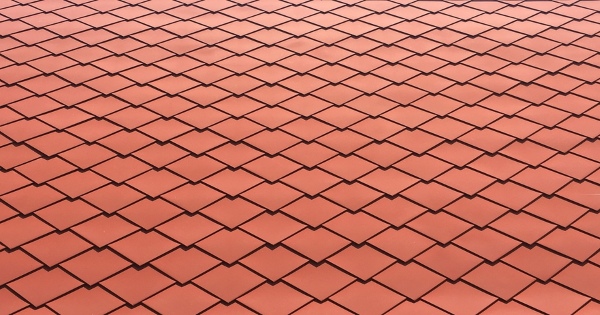
As you can see, a metal roof can look like other materials – for example, slate or shakes.
A metal roof is similar to an asphalt shingle roof it that it’s available in many styles and colors. People previously thought that metal roofs are plain and dull. But with developments in roofing, you can now find a metal roof that looks like cedar shakes or slate. Its lifespan ranges from 40-70 years.
Read More: How Long Does a Metal Roof Last? Different Ways to Tell
Pros:
- Long lifespan
- Simple to maintain
- Improves your home’s resale value up to 6%
- Lighter colors increase energy savings
Cons:
- Creates noise when it rains (but can be solved by installing insulation)
- Hailstones create dents on the surface
3. Cedar Roof
Among the residential types on the planet, a cedar roof is something you shouldn’t miss. Its attractiveness is the very reason why homeowners choose it. People ask what the difference is between a cedar shake and shingle. Shakes look more rugged while shingles are thinner and smoother.
Pros:
- Acts as a natural insulator
- Various paintings and finishes available
- Stands up against the elements
Cons:
- Constant moisture leads to rot
- Needs careful maintenance (regular cleaning and application of treatments)
- Two to five times more expensive than an asphalt roof
4. Sheet Roofing
A low slope or flat residential roof requires single-ply roofing membranes. These are rubber roofing materials. Here at Miller’s Home Improvement, we install both EPDM roofing membrane and TPO roofing membrane. While these materials are commonly installed on commercial properties, more and more homeowners consider them to save money and achieve a modern appeal.
Pros:
- More affordable than sloped roofing systems
- Resistance to UV
- Flexible; can be installed in various temperatures
- Available in different colors
Cons:
- Tears happen (but can be prevented if you choose thicker membranes)
- Requires an expert installer
5. Clay Tile Roofing
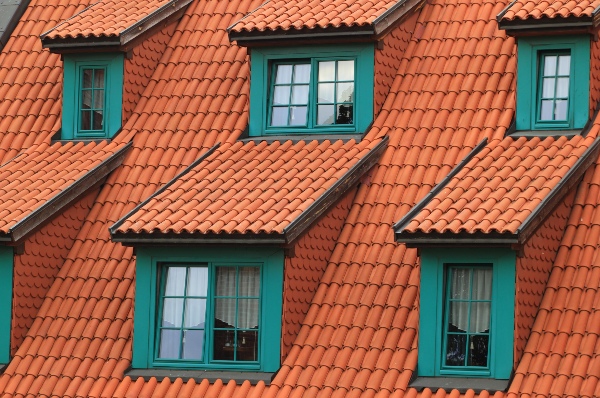
Clay tiles are timeless and are being used in different parts of the world.
When it comes to choosing residential roof types that last very long, you won’t go wrong with clay tiles. Clay is often found in archaeological sites. It’s a common roofing material for Spanish architectural style houses.
Pros:
- An environmentally-friendly choice; recyclable
- Long-lasting
- Resistant to fires
- Decreases monthly energy costs
Cons:
- Heavy
- Needs careful handling or else they’ll break
- More expensive than asphalt shingles
6. Solar Roof Shingles
Thanks to advancements in technology, you can now enjoy solar energy without sacrificing the look of your roof. Solar shingles integrate into your existing roof. If you are keen on design, choose solar shingles over panels. By having this roof, you enjoy a clean energy source all year round.
Pros:
- No drilling required
- There’s no need for frequent cleaning
- Increase home value
- The solar shingles pay for themselves in a few years
Cons:
- There has to be a proper angle in order to get electricity
- You cannot predict overcast days
- High upfront cost
7. Copper Roofing
Before anything else, you should know that copper is a type of metal roof. But we highlight a copper roof because of its timelessness. A lot of popular structures that still stand today use copper as the roofing material. For example, the Belvedere Palace in Vienna, and the world-famous Millennium Centre in Wales. This goes to show that copper is simply the best. Now, why should you and should you not use copper for your roof?
Pros:
- Resists fires and water
- Requires little to no maintenance
- Develops a protective film (called patina) as it ages
- Lightweight and easy to install
- Can be recycled
Cons:
- As with other metal roofs, it can be noisy when it rains
- Expensive material
8. Slate Roofing
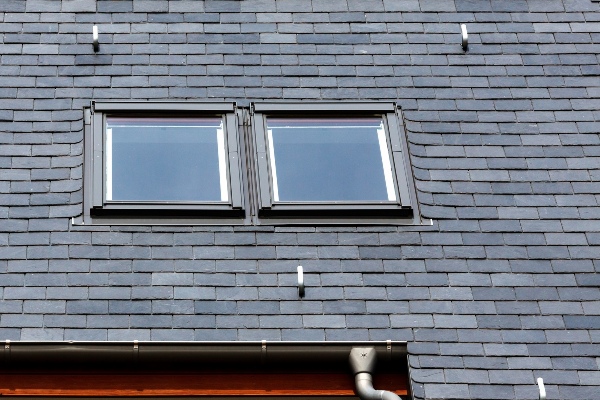
Slate is made of fine-grained metamorphic rock. It has a classic appeal and has proved itself to be durable.
Another one of the popular residential roof types known for longevity is slate roofing. Slate roof tiles possess a very classic appearance. Like a copper roof, a slate roof remains resistant to fires and water. You can choose one color for your entire roof or multiple colors that blend well together.
Pros:
- Lasts up to 100 years or more
- Resistant to temperature changes
- Environmentally-friendly
Cons:
- Extremely heavy
- The installation process is complex
- Breaks when stepped on by someone inexperienced
9. Green Roofing
If this is your first time to know what a green roof is, it’s a roof that’s covered with vegetation. Underneath the vegetation is a waterproof roofing material. Applicable for both sloped and flat roofs, a green roof keeps your home cool all year round. You can choose the plants that you like – and yes, even vegetables.
Pros:
- Friendly to the environment
- Boosts the appeal of your property
- Reduces the noise that enters your home
- A green flat roof can serve as a relaxation space
Cons:
- Improper installation leads to leaks
- Needs careful maintenance
- Costly
Final Thoughts
We’re done discussing the 9 residential roof types. Are you able to choose your best roof material now? We hope so! Before you make a final choice, consider factors such as your location, HOA, home resale value, and more.
Miller’s Home Improvement is here to help you decide further. We provide all kinds of residential roofing work, from quality roof repairs to tear-offs and remodeling services.
Call Miller’s Home Improvement today at 248-266-4657.


